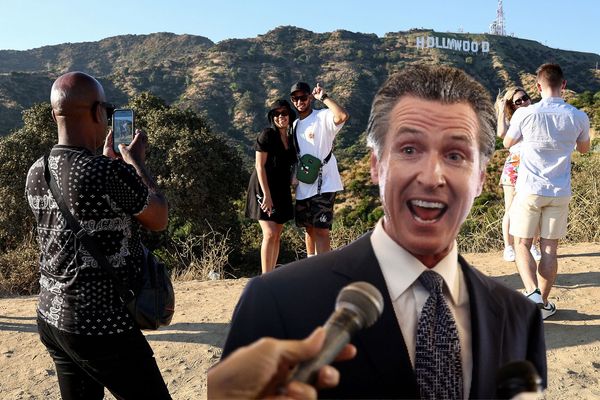
Megafires such as Australia's Black Summer blazes can harm the ozone layer that protects life on earth, new research suggests.
The findings are sobering given longstanding warnings climate change will fuel more frequent and more intense bushfires.
Atmospheric scientists from the Massachusetts Institute of Technology in the United States believe the composition of bushfire smoke promotes chemical reactions that contribute to the destruction of stratospheric ozone.
Stratospheric ozone, commonly referred to as the ozone layer, is found in high concentrations 15 to 30 kilometres above the earth's surface and protects life by filtering harmful ultraviolet radiation from the sun.
Without it, the planet would be uninhabitable.
When the Black Summer fires roared across Australia in 2019-2020, they produced pyrocumulonimbus towers that released wildfire smoke into the stratosphere.
The smoke was associated with changes in the chemical composition of the upper atmosphere, including a decline in ozone.
But just how the smoke might be contributing to ozone depletion has remained uncertain.
Now Professor Susan Solomon - who in the 1980s also famously explained the hole in the ozone layer - suggests the mixture of chemicals in the smoke enhances the activation of chlorine radicals, the molecules that can destroy ozone.
Roger Dargaville, from Victoria's Monash University, has also studied stratospheric ozone depletion and says the research shows the perils of climate change are still revealing themselves.
He fears what more megafires might do to the successes achieved under a landmark 1987 pact requiring a global phase-down of the consumption and production of about 100 man-made chemicals that deplete ozone.
"The (new paper) shows that smoke from extreme bushfires entering the stratosphere increases the potency of the chlorine in the atmosphere, risking the progress made through the Montreal Protocol to date," he said.
Professor Ian Rae is an expert on chemicals in the environment at the School of Chemistry at the University of Melbourneknock-on and contributed to work that underpins the Montreal Protocol.
"Once you find this sort of knock on effect from fires that's damaging the ozone layer - not as bad as chlorofluorocarbons, but enough to be measured - then you start to think well we might have solved one problem for the ozone layer, but there's another one lurking out there now," he said.
"So what are the consequences? At the minute it's not too bad but it is an impact that's not going to go away.
"And certainly, if you've got more bushfires, you'll get more disruption of the ozone layer."
Martin Jucker, from the University of NSW and the ARC Centre of Excellence for Climate Extremes, says the research is of particular relevance to Australia.
While the ozone hole usually forms over Antarctica, due to cold temperatures that help chlorine attack ozone, bushfire smoke seems capable of driving ozone depletion in relatively warmer temperatures.
And that could see the ozone hole extend further toward the equator, putting plenty of Australians in harm's way.
"If this were to happen more frequently and possibly more strongly, that would actually be right overhead so we'd have more UV radiation directly impacting regions in Australia where lots of people live," Dr Jucker said.
"The study confirms once again that when it comes to climate, all things are connected."
The research paper has been published in the journal Nature.







